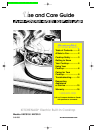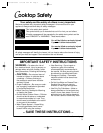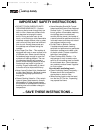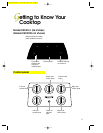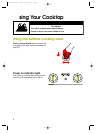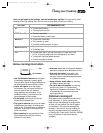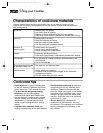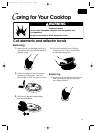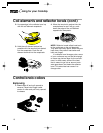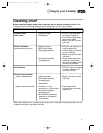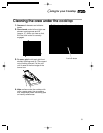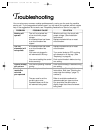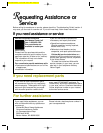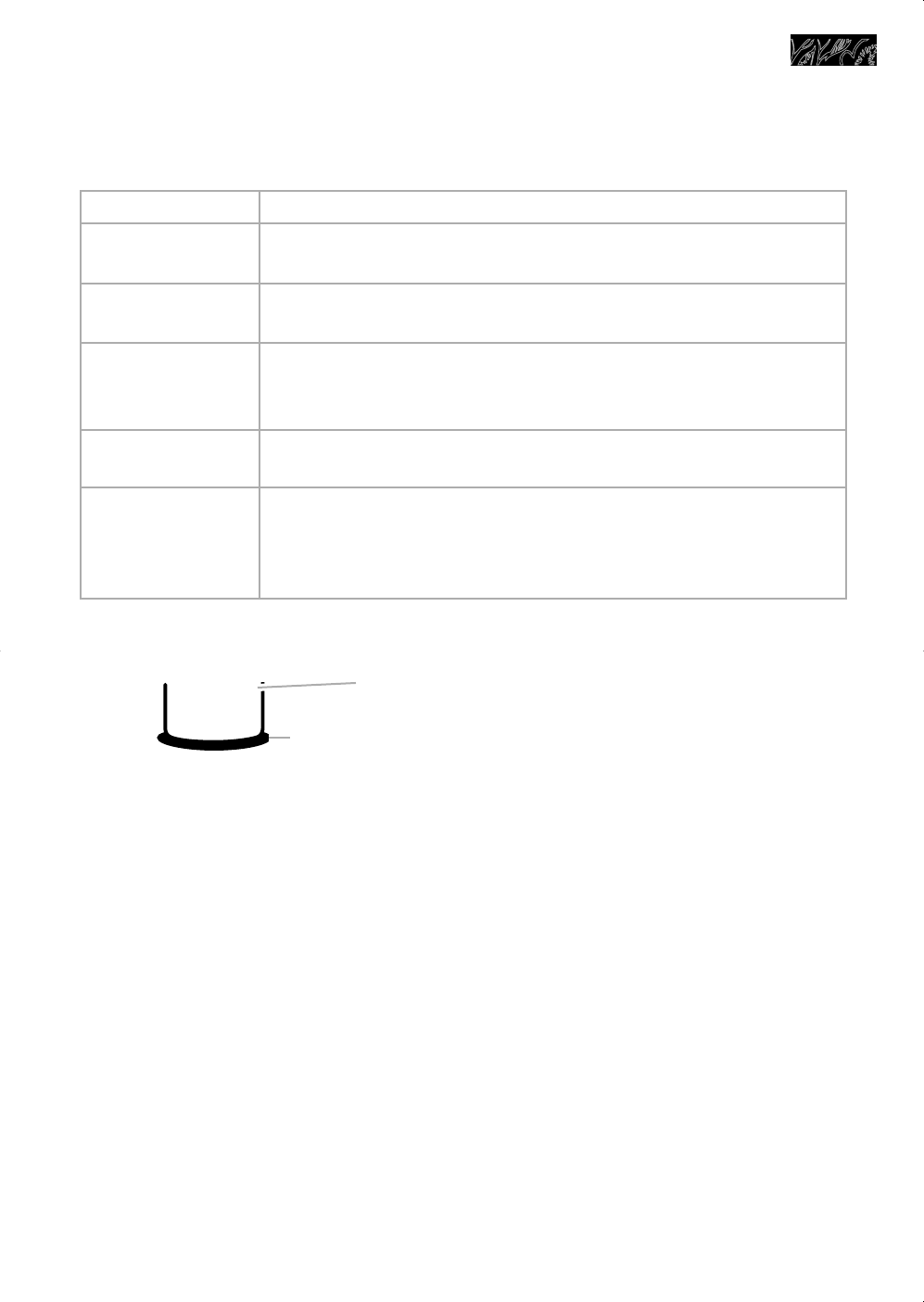
Home canning information
• Use flat-bottomed canners on all types
of cooktops, especially ceramic glass.
Canners with rippled or ridged bottoms do
not allow good contact with the surface.
• Center the canner over the largest
coil element. Do not extend more than
one inch outside the coil element.
Large diameter canners/pans, if not
centered correctly, trap heat and can
cause damage to the cooktop.
Do not place your canner on two coil
elements at the same time.
• The type of material the canner is made
of determines the length of heating time.
Refer to the “Characteristics of cookware
materials” chart later in this section for
more information.
• When canning for long periods of time,
allow elements and the surrounding
surfaces to cool down.
• Alternate use of the coil elements between
batches or prepare small batches at a time.
• Start with hot water, cover with a lid,
and bring to a boil; then reduce heat to
maintain a boil or required pressure levels
in a pressure canner.
• For up-to-date information on canning,
contact your local U.S. Government
Agricultural Department Extension Office
or companies who manufacture home
canning products.
Center over
coil element
Pan
Coil element
•
Keep reflector bowls clean so that they
will always reflect heat well.
•
Optional canning kit
Most water-bath or pressure canners have
large diameters. If you do canning with
them at high heat settings for long periods
of time, you can shorten the life of regular
coil elements. This can also damage the
cooktop. If you plan to use the cooktop for
canning, we recommend the installation of
a Canning Kit. Order the kit (Part No. 242905)
from your dealer or authorized service
company.
7
Until you get used to the settings, use the following as a guide. For best results, start
cooking at the high setting; then turn the control knob down to continue cooking.
Using your Cooktop
SETTING
HI
MED-HI or 6-8
MED or 5
MED-LO or 2-4
LO
RECOMMENDED USE
• To start food cooking.
• To bring liquid to a boil.
• To hold a rapid boil.
• To quickly brown or sear meat.
• To maintain a slow boil.
• To fry poultry or meat.
• To make pudding, sauce, or gravy.
• To stew or steam food.
• To simmer food.
• To keep food warm. Set the heat higher or lower within the
LO (or 1) band to keep food at the temperature you want.
• To maintain liquid just below simmer.
• To melt chocolate or butter.
3191536v07c26 8/27/98 9:27 AM Page 7



